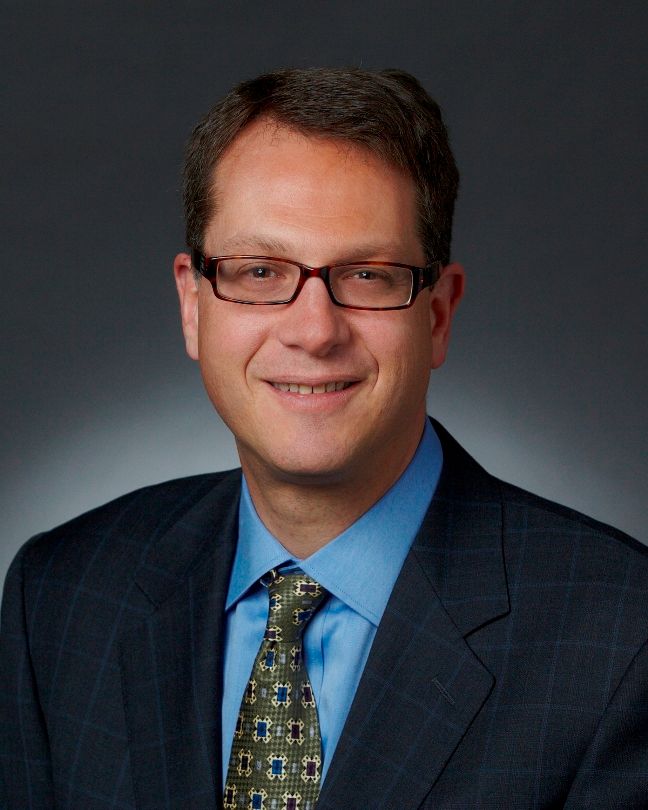- Safety & Recalls
- Regulatory Updates
- Drug Coverage
- COPD
- Cardiovascular
- Obstetrics-Gynecology & Women's Health
- Ophthalmology
- Clinical Pharmacology
- Pediatrics
- Urology
- Pharmacy
- Idiopathic Pulmonary Fibrosis
- Diabetes and Endocrinology
- Allergy, Immunology, and ENT
- Musculoskeletal/Rheumatology
- Respiratory
- Psychiatry and Behavioral Health
- Dermatology
- Oncology
Hep C, cancer drugs make up bigger percentage of Rx costs
The population of Americans who spend more than $50,000 per year on prescription drugs grew 63% in 2014, largely driven by hepatitis C and cancer therapies, according to an Express Scripts report.
The population of Americans who spend more than $50,000 per year on prescription drugs grew 63% in 2014, largely driven by hepatitis C and cancer therapies, according to a report from Express Scripts.
The number of patients in the analysis receiving medication treatment for hepatitis C jumped 733% in 2014.
Related:Oncology drug spending soars

Dr StettinThese figures further support the need for a national dialog about fair and sustainable drug pricing in the United States, according to Glen Stettin, MD, Express Scripts senior vice president, clinical, research and new solutions.
“The profile emerging from this research shows these patients are overwhelmingly taking specialty medications, and have multiple comorbidities, prescriptions and prescribers,” said Glen Stettin, MD, senior vice president, clinical, research and new solutions, at Express Scripts. “These insights highlight clear opportunities for payers to work with their PBM to improve care, quality of life and health outcomes for the patients who rely on these costly, complex therapies.”
The report also found:
- Nearly 600,000 Americans have annual medication costs above $50,000
- The number of US patients taking at least $100,000 worth of prescription drugs tripled in 2014
- Nine out of 10 patients with drug costs of $50,000 used specialty medications, which are expensive treatments for complex conditions
- A majority of these patients take at least 10 medications, from at least 4 different prescribers. Among patients whose costs reached $100,000 or higher:
- More than one-third were being treated for 10 or more different medical conditions;
- Approximately 60% took 10 or more different medications; and
- Approximately 72% had prescriptions written from at least 4 prescribers.
- Depression was one of the most common comorbidities among patients with more than $50,000 in annual costs, with about 1 in 3 patients having at least 1 prescription for an antidepressant in addition to their other therapies. The prevalence of antidepressant use among patients taking a specialty medication was 2.3 times higher compared to the national average.
- Baby Boomers, aged 51 to 70 years, surpassed all other age groups as the highest-cost medication users, making up 58% of the population with annual drug costs exceeding $100,000, an increase of 243% from 2013 to 2014.
NEXT: Recommendations for formulary managers
The analysis examined de-identified prescription drug claims of 31.5 million insured Americans between 2013 and 2014. The research included beneficiaries with pharmacy coverage through commercial insurers, Medicare and Medicaid.
Related:States blame hep C cases for increased opioid abuse
Based on this report Dr Stettin offers 3 recommendations for formulary managers:
- Tightly manage compounded medication spend. Compounded medication use was the third-largest contributor to these extremely high medication costs. Among Americans with annual drug costs above $100,000, the proportion of patients using compounded medications grew 30% in 2014, while their costs on these compounded medications quadrupled.
“Tightly managing the use of compounded medications offers a significant opportunity for payers to improve patient safety and reduce spending,” Dr Stettin said.
- Improve medication adherence. “Many of the most prevalent conditions among this high-cost population-particularly cancer and diabetes-have historically high levels of medication nonadherence, leading to even worse health outcomes,” Dr Stettin said.
Improving medication adherence in these categories can improve health outcomes and reduce waste and costs, he said.
- Treat the whole patient. Patients at the top of the cost pyramid are afflicted with several comorbidities that increase the complexity and cost of their care, according to Dr Stettin. “When we treat the whole patient-by providing a home pharmacy that offers integrated, coordinated care with specialist pharmacists, physicians, nurses, nutritionists and other specialists-we deliver more efficient, effective and personalized patient care,” he said.
FDA Issues Complete Response Letter for Pz-Cel to Treat Epidermolysis Bullosa
April 22nd 2024Prademagene zamikeracel is a cell therapy designed to incorporate the functional collagen-producing COL7A1 gene into a patient’s own skin cells. The FDA is asking for additional information on manufacturing practices.
